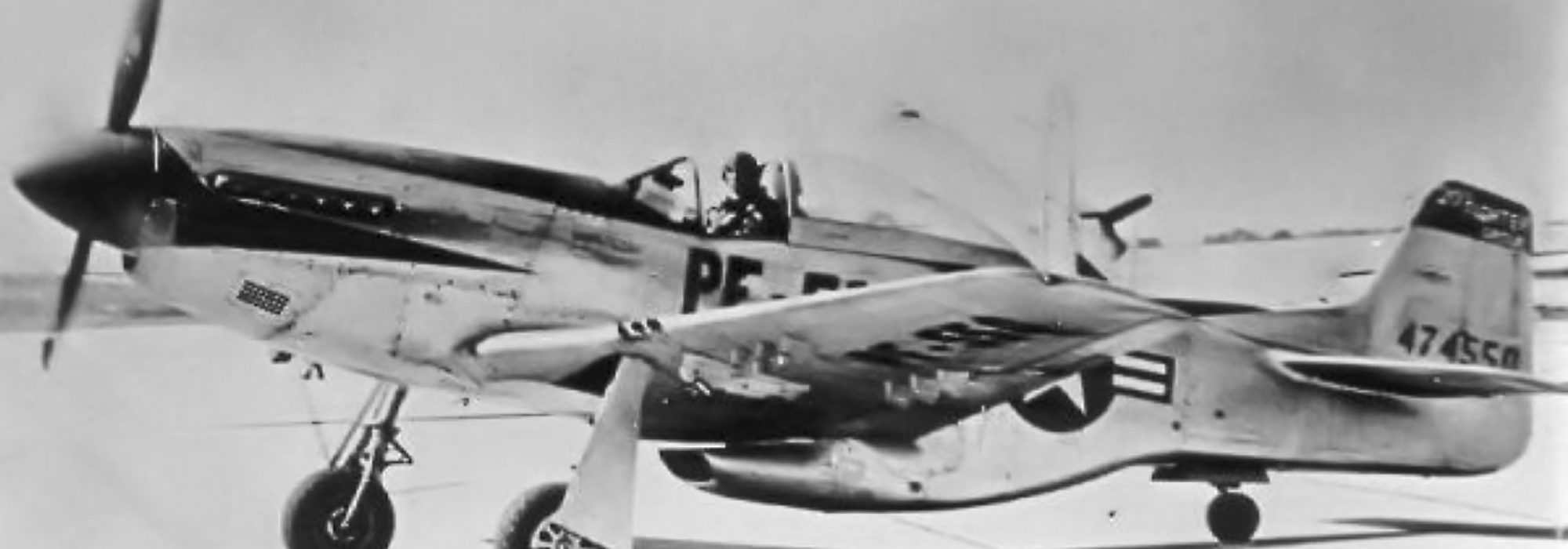Hot Tamale
David Ervin Shaw, namesake of Shaw Air Force Base, S.C., was an American flier who literally couldn’t wait to fight in World War I.
The South Carolinian, halfway through U.S. pilot training, abandoned his Army career and joined the Royal Flying Corps. It was his shortcut to air combat—and a hero’s death—in France.
Shaw was born into a prominent family in 1894 in Alcolu, a tiny lumber and mill town on South Carolina’s coastal plain. He and his parents moved to Sumter when he reached grade-school age.
Exuberance was his hallmark. When excited about something, he would shout, “Hot tamales!” Hence his nickname: “Molly.”
Molly was a daredevil teenager who liked fast cars. In fact, his grandfather, a timber magnate, built him his own racetrack so that he could constantly indulge his need for speed.
Not yet 17, he graduated with Sumter High School’s Class of 1911 and went to college. In June 1913, he joined the Army, where he spent four years as an enlisted man.

The U.S. entered World War I in April 1917, and Shaw saw a new opportunity. In September 1917, he became an aviation cadet and set out to become a commissioned pilot and go fight Germans.
Molly, by early 1918, had soured on Army aviation; he was not getting to war quickly enough. He sought and received an honorable discharge and took a commission in the Royal Canadian Flying Corps, a training arm of Britain’s Royal Flying Corps.
First Lt. Shaw left Canada for England, where in April 1918 the American was attached to the new Royal Air Force (RAF)—formed from the Royal Flying Corps and Royal Naval Air Service—for advanced flight training.
In May 1918, Molly finally achieved his goal. He was reassigned to France as part of RAF No. 48 Squadron, a combat unit that eventually boasted 32 aces. As a Bristol F2B Brisfit pilot, he was soon in action against hardened German airmen.
Shaw volunteered for the most dangerous reconnaissance missions. Twice, his airplanes were shot to pieces—though he landed in friendly territory both times. He also shot down two German airplanes in his short combat career.
A fellow pilot noted, “We all regarded Molly as the most daring and skillful pilot among us.”
On July 9, 1918, Shaw and his British observer, RAF Sgt. Thomas W. Smith, took off alone for a recon mission over the Somme River and behind German lines. Their return to base was blocked by three German fighters, which jumped the lone RAF aircraft and began a furious air battle. Shaw shot down one of the Germans, but his Bristol was raked by gunfire and exploded in midair. Shaw and Smith both were killed. They are buried in France.
In 1941, the U.S. named a South Carolina base Shaw Army Air Field, in honor of the heroic native son. It is one of the nation’s largest military bases and is under the jurisdiction of Air Combat Command. USAF’s 20th Fighter Wing serves as the host unit.

Ervin David Shaw
- Born: Sept. 13, 1894, Alcolu, S.C.
- Died: July 9, 1918, Northern France
- Colleges: Davidson College, N.C.; University of Georgia
- Nationality: American
- Occupation: U.S. enlisted member, British military officer
- Services: U.S. Army—Infantry, Signal Corps; Royal Flying Corps; Royal Air Force
- Main Era: World War I
- Years Active: 1913-18
- Combat: Western Front
- Final Grade: First Lieutenant
- Resting Place: Grandcourt, France

Shaw Air Force Base
- State: South Carolina
- Nearest City: Sumter
- Area: 17.8 sq mi / 11,403 acres
- Status: Open, operational
- Opened as Sumter Army Air Field: Aug. 7, 1941
- Renamed Shaw AAF: Aug. 30, 1941
- Renamed Shaw Air Force Base: Jan. 13, 1948
- Current Owner: Air Combat Command
- Former Owners: Army Air Forces—Southeast Training Center; AAF Eastern Flying Training Command. USAF—First Air Force, Continental Air Forces, Air Defense Command, Continental Air Command, Tactical Air Command
- Home of: 20th Fighter Wing
